5. Tunnicliffe’s Malltraeth
See the island haven that inspired one
of our greatest wildlife artists
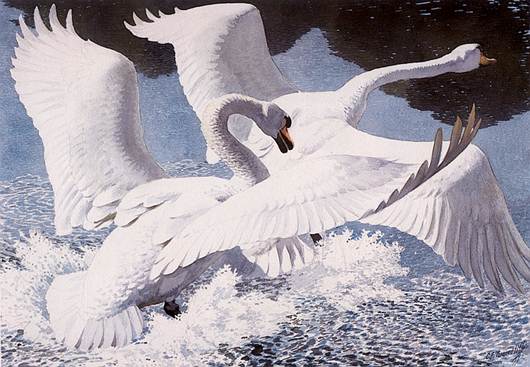
See
the island haven that inspired one of our greatest wildlife artists
In the late 1940s, renowned wildlife
illustrator Charles Tunnicliffe moved home from England to the wilds of
Malltraeth on the Isle of Anglesey, where his studio overlooked the Cefni
Estuary.
His work included illustrating the 1932
edition of Henry Williamson’s Tarka the Otter and Mary Priestley’s A book of
Birds (1937). Tunnicliffed resided at his home Shorelands for the rest of his
life, water, marsh and farmland with its amazing wildlife. While living here,
he want on to illustrate Ladybrid books and RSPB magazine covers, thus
encouraging new generations of naturalists. After his death in 1979, Anglesey
Borough Council purchased most of his personal collection of sketchbooks,
measured drawings and other works, which are now housed at the Oriel Ynys Mon
Gallery at nearby Llangefni.
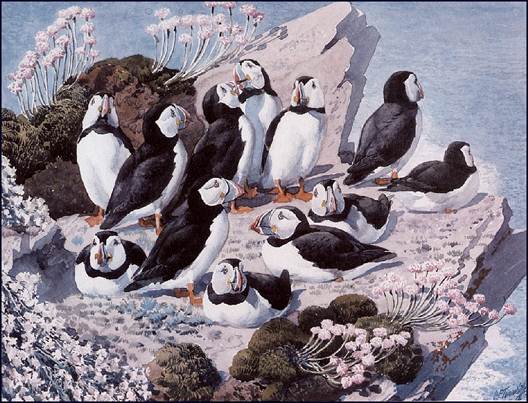
While
living here, he want on to illustrate Ladybrid books and RSPB magazine covers,
thus encouraging new generations of naturalists.
The following walk overlooks the Cefni
Estuary, where you may spot some of the species of wildlife Tunnicliffe
featured in his work.
6. Artists’ town: Kirkcudbright
Dumfries and Galloway
Visit this delightful town on the Galloway
coasts and you’ll be itching to pick up your paintbrush.
With a population of around 3,500 people,
the merry Galloway coastal town of Kirkcudbright (pronounced ‘kir-coo-bree’)
punches well above its weight when it comes to artistic endeavours. The town
has seven art galleries within its medieval confines, each exhibiting and
selling an eclectic range of art produced by an equally diverse range of
painters, illustrators and sculptures, many of whom live and work in the town.
This had led to Kirkcudbright becoming known as The Artist’s Town.
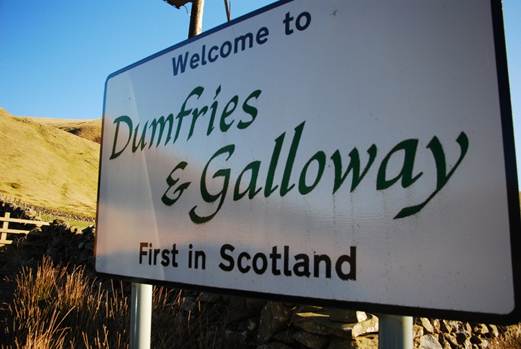
Dumfries
and Galloway
Bu why the close correlation between
Kirkcudbright and art? In the 14th and 15th centuries,
agriculture, fishing and the exporting of cloth were important in establishing
the town as a center for trade, but is what during the 18th century,
with the advent of rail travel, that the tourist trade started in earnest and
visitors began to appreciate the scenic beauty of Kirkcudbright.
A honeypot for artists
During the 19th and 20th
centuries a number of celebrated artist, such as EA Hornel, Charles
Oppenheimer, Jessie King and EA Taylor garnered much inspiration from the
gorfeous scenery, the wildlife and, most significantly, the quality of light to
produce some of the period’s most enduring paintings. Therefore the
relationship between Kirkcudbright and art is not recent phenomenon and today
those same elements continue to attract creative types.
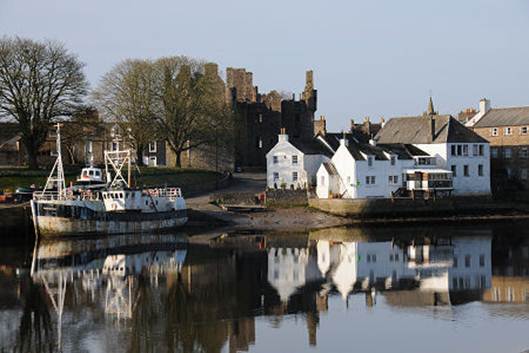
Kirkcudbright
Picture perfect market town
Once here, you do not need to stay from
this little Galloway town to revel in the joys of art. The chance to visit a
studio and watch an artist at work, or to view colorful canvasses in a local
gallery, is a worthwhile amble on an afternoon. For the artist themselves the
allure of the charming market square, which is bordered in three sides by
attractive pastel-colored houses and shops, and the 16th-century
remains of McLellan’s Castle, makes them want to pick up a pencil and sketch.
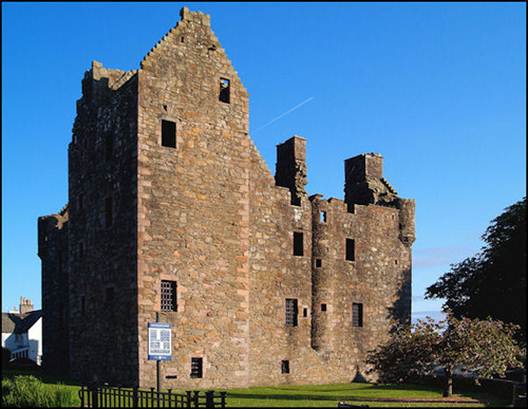
McLellan’s
Castle
Or the town’s bustling working harbor,
where the textures and vibrant colors of the boats are just crying out to be
portrayed by the broad strokes of an oil paint-laden brush, while the likes of
oystercatcher, redshank and curlew, scuttling along the banks of the River Dee
are readily depicted in soft sweeps of watercolor. It was from this very same
port that the first Scottish emigrants left for Nova Scotia in Canada in 1622.
What on earth were they thinking?
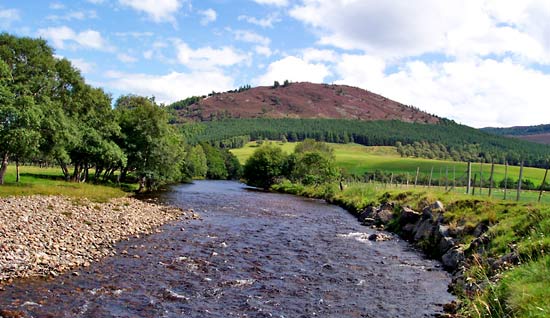
River
Dee
As well as the town’s arty attractions,
Kirkcudbright’s family-owned shops, museums, gardens and nearby coastal walking
routes offer plenty of stimulation for body and soul.